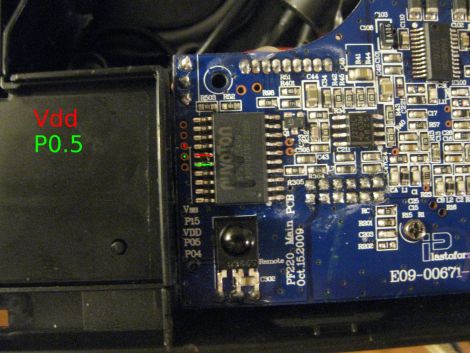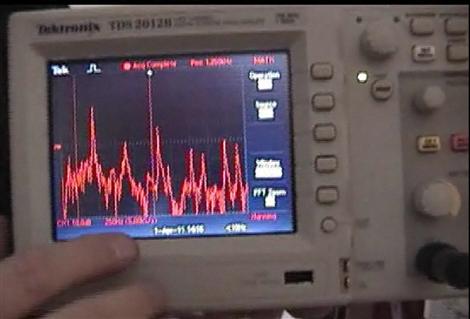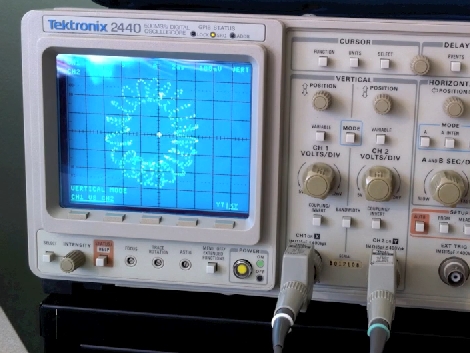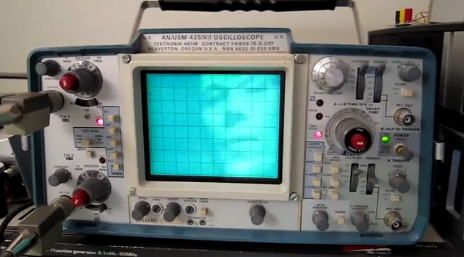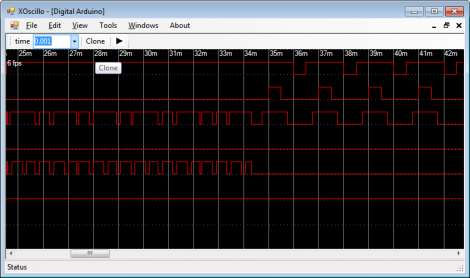
If you don’t have an oscilloscope you’d be surprised how many times you find yourself needing one. But if you have an Arduino on hand, the next time you might be able to get by with this software suite that can use a development board as oscilloscope inputs. The project is called xoscillo, and it allows an Arduino, or a Parallax USB Oscilloscope, to probe the signals while a computer does the heavy lifting.
The Arduino can be used for up to four input channels at 7 kHz. It’s possible to probe seven signals at 4 kHz as well. But the main feature that caught our eye is the ability to use several Arduino boards at one time in increase the number of channels available to you.
Granted, this is pretty slow for many digital electronic troubleshooting needs. But at least it’s something you can pull out when you just don’t have any other ideas about what is going wrong with your prototype circuit. We’re sure that sooner or later you’ll break down and buy a proper hackable oscilloscope. After all, your Arduino is probably already occupied as an I2C sniffer.
[Thanks Adam]

